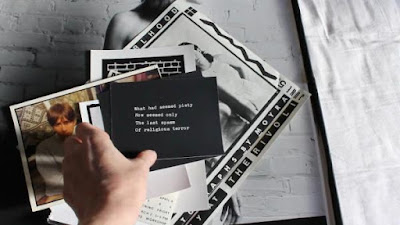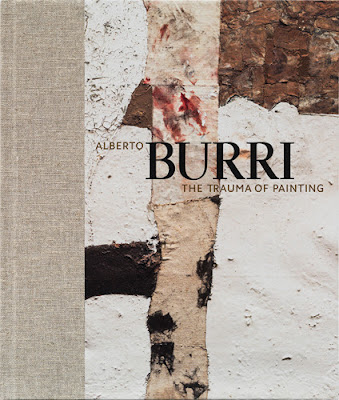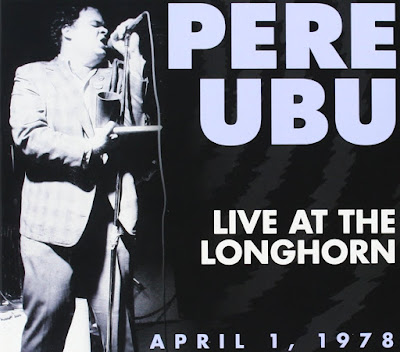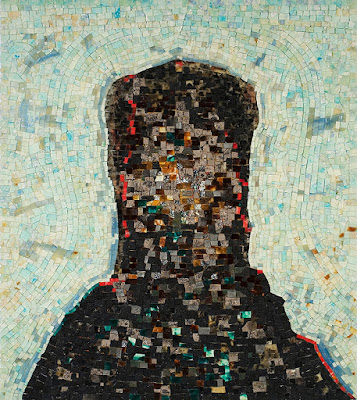
"Chef turned restaurateur Alain Ducasse has rather a lot to say on the subject of chocolate. On the website of Le Manufacture, the small-batch chocolate factory he founded in a former Renault Garage, he waxes poetic, sharing wide-eyed childhood memories of the 'terribly sensual and bewitching substance.' He’s a bit more mercenary in the pages of the The Wall Street Journal and Harvard Business Review, noting that the chocolate operation grew out of his desire to control the process from cacao beans to dessert plates in his numerous fine dining establishments. ..."
Open Culture (Video)
2015 January: Chocolate



























